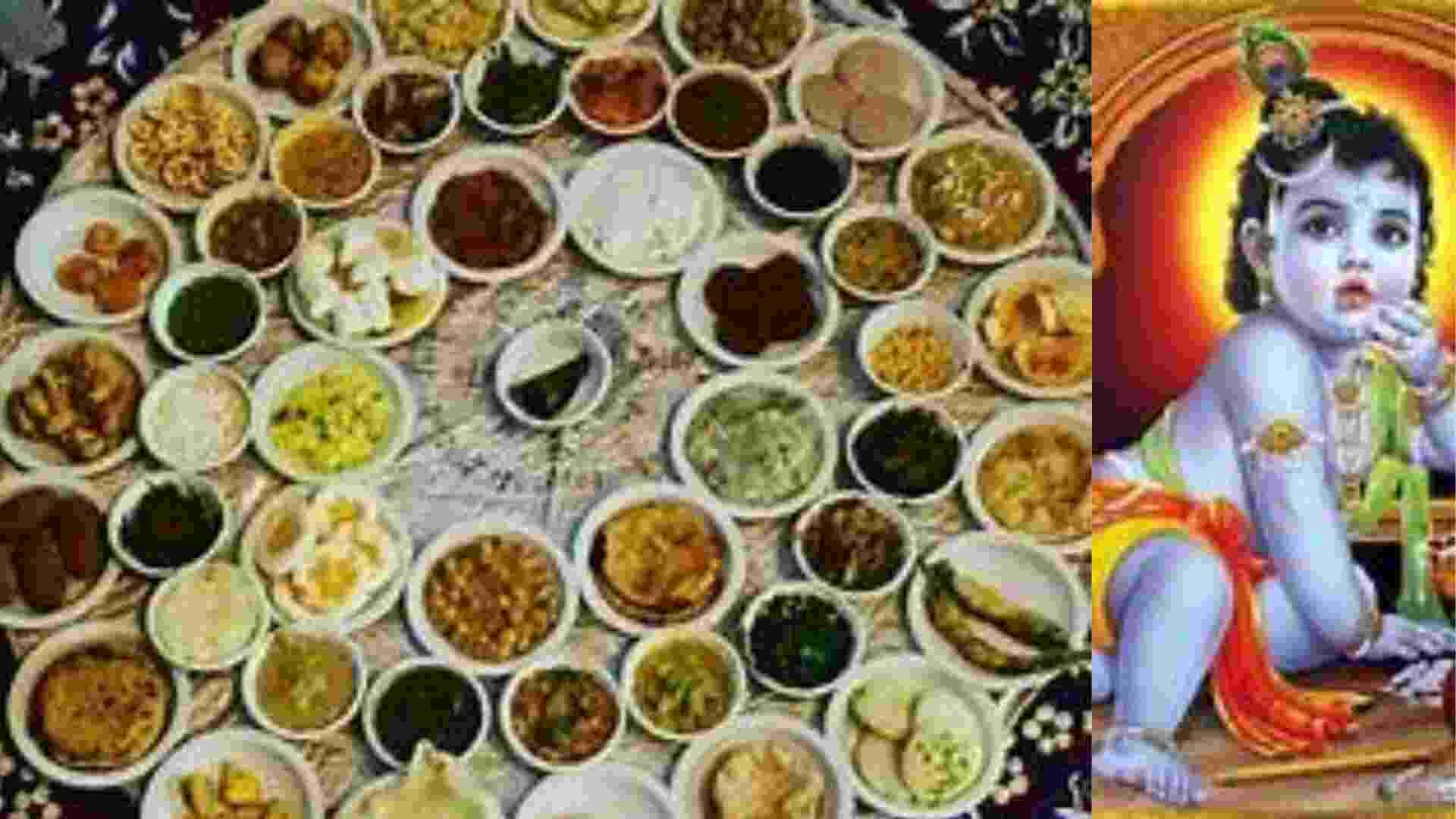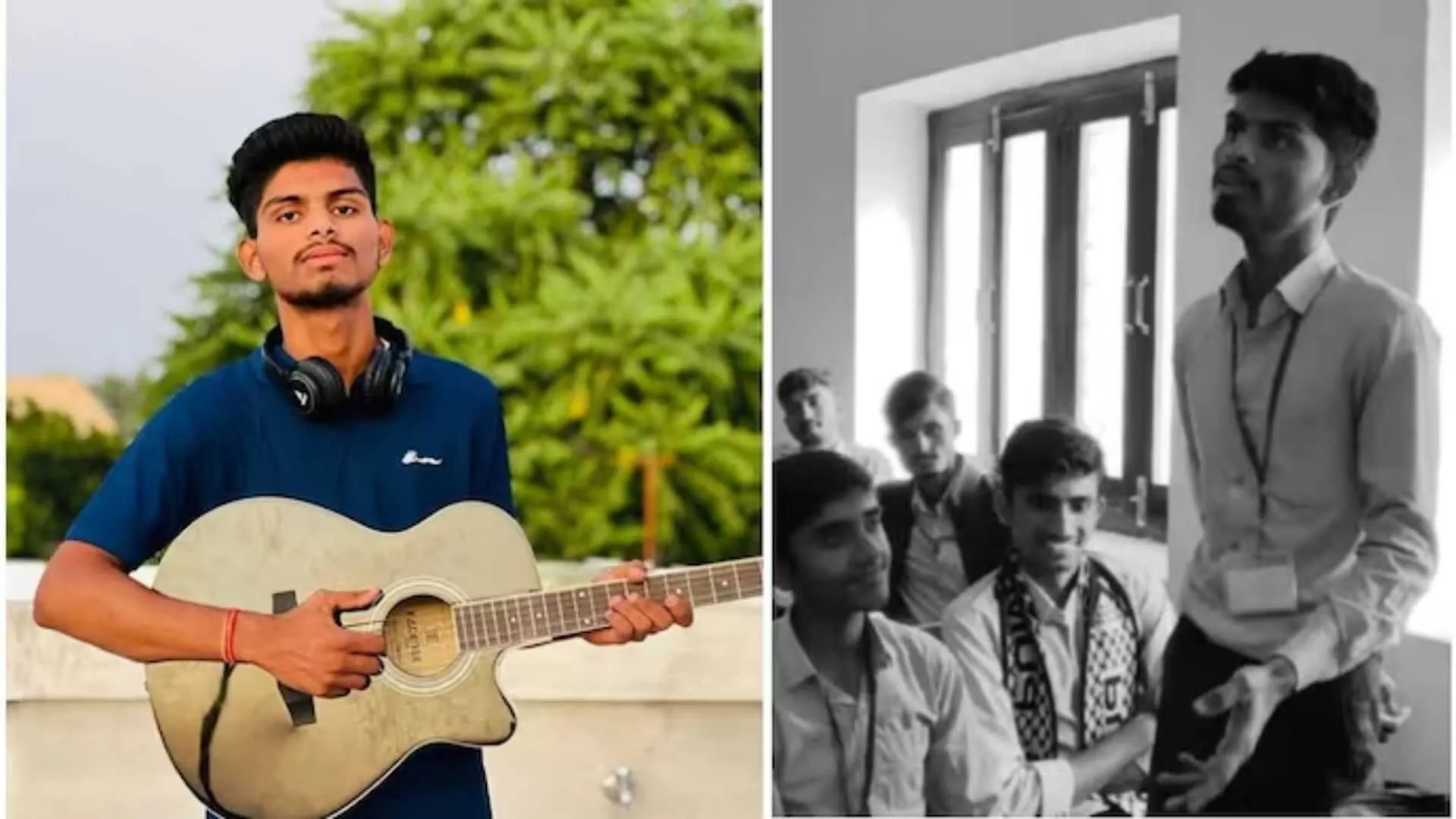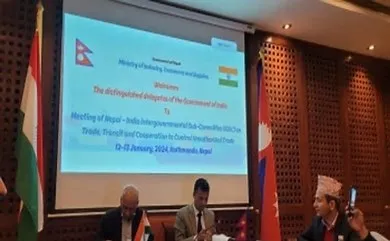In Hinduism, Shri Krishna Janmashtami is a festival of immense importance, celebrated with deep devotion and enthusiasm. It marks the birth of Lord Krishna, and many fascinating stories are associated with this event. One popular tale recounts how, at the time of Krishna’s birth, the prison shackles miraculously opened on their own, and the guards fell into a deep sleep. The Yamuna River is even said to have longed to touch his feet. Lord Krishna’s incarnation is considered divine and mesmerizing.
According to the Hindu calendar, Shri Krishna Janmashtami is celebrated on the Ashtami Tithi of Krishna Paksha during the month of Bhadrapada. Worshipping Lord Krishna under the Rohini Nakshatra on this auspicious day is believed to bring special blessings. Every year, this festival is marked by great fervor, and this year it falls on August 26th. Devotees worship Lord Krishna in forms such as Shaligram or Laddu Gopal, observe fasts, and offer special prayers to him.
An important tradition on Janmashtami is the offering of “Chhappan Bhog,” a feast of 56 different dishes to Lord Krishna.
One story is tied to the Gopis of Gokul, who worshipped Mother Katyayani by bathing in the Yamuna River for an entire month, praying to marry Lord Krishna. Upon learning of their devotion, Krishna assured the Gopis that their wishes would come true. Overjoyed, the Gopis prepared 56 different dishes for Krishna to show their gratitude.
The second, more well-known story relates to Lord Krishna’s Govardhan Puja. It is believed that Mother Yashoda fed her young Krishna eight meals a day. However, when Krishna lifted the Govardhan Mountain to protect the people of Brij from the wrath of Lord Indra, who caused heavy rains in anger, Krishna went seven days without food or water. He held up the mountain on his finger for seven days to provide shelter to the people. Once Indra realized his mistake, he sought forgiveness. When the rain stopped after seven days, Mother Yashoda and the people of Brij prepared 56 dishes for Krishna—eight meals a day for seven days. This is how the tradition of Chhappan Bhog began, and it continues to this day during Krishna’s worship.
Here are the names of the 56 dishes offered in Chhappan Bhog:
Bhakt (rice), Soop (dal), Praleh (chutney), Sadika (kadhi), Dadhishakja (curd kadhi with vegetables), and Sikharini (shikharan). Additionally, sweet treats like Avaleh (sharbat), Balka (baati), Ikshu Kherini (marmalade), and Trikona (sweetened) are prepared. Other offerings include Batak (vada), Madhu Shirsak (mathri), Phenika (pheni), and Parishtasch (puri). Khajla (shatpatra), Ghevar (sadhidraka), Malpua (chakram), and Jalebi (sudhakundalika) add to the assortment of sweets, while dishes like Rasgulla (vayupur), Mesu (dhrtpur), and Chandrakala (sugar-coated) also feature prominently. Savories such as Saag (shaak), Clove Puri (karpurnadi), and Papad (parpat) are paired with more exotic offerings like Khurma (khand mandal), Dalia (godhoom), and Moth Beans (mandka). The spread includes various beverages like Lassi (lasika), Payas (kheer), Rabri (koopika), and Butter (haiyangpinam). Fruits, betel leaves (tambool), and different flavors like sweet (madhur), sour (amla), bitter (tikta), and spicy (katu) round out the meal, providing a comprehensive and varied offering to Lord Krishna.
Shri Krishna Janmashtami is a vibrant celebration of devotion and faith, deeply rooted in spiritual stories and traditions, and remains one of the most cherished festivals for Hindus worldwide.























